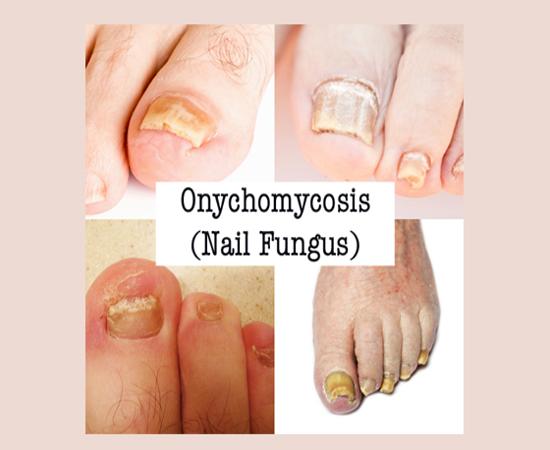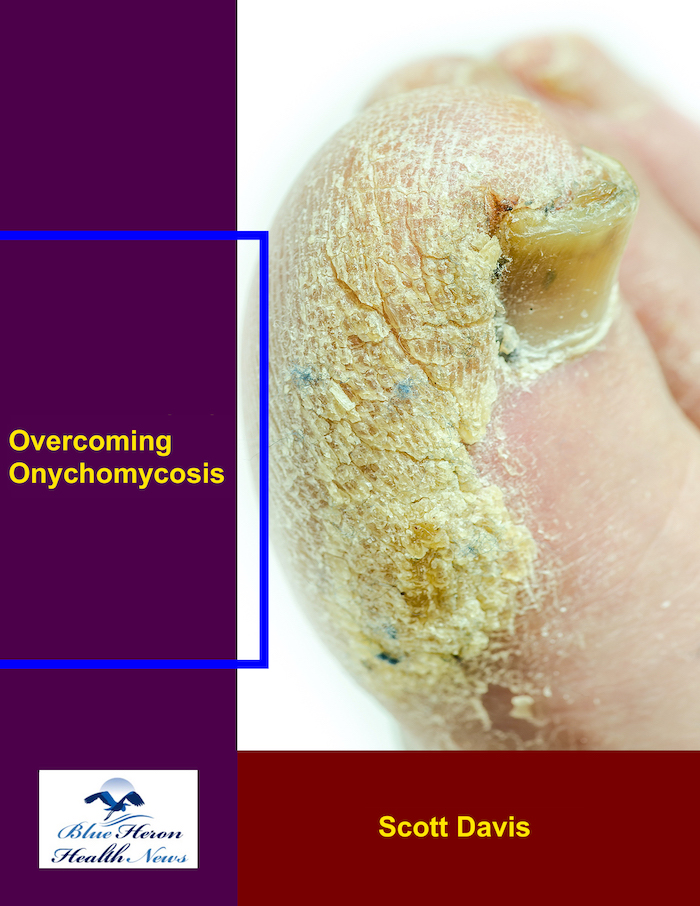Introduction
Dealing with onychomycosis, commonly known as nail fungus, can be a frustrating and embarrassing experience. This fungal infection affects the nails on both fingers and toes, causing them to become discolored, thickened, and brittle. Fortunately, there are effective treatments available to help overcome onychomycosis and restore healthy nails.
Benefits of Treatment
Seeking treatment for onychomycosis nail fungus can bring about several benefits. Firstly, it can improve the appearance of the affected nails, restoring them to their natural state. Additionally, treating onychomycosis can prevent the infection from spreading to other nails or even to other people. Finally, addressing nail fungus can boost self-confidence and overall quality of life.
Detailed Explanation of Onychomycosis Treatment
When it comes to treatment for onychomycosis toenail fungus, there are several options available. One common approach is the use of antifungal medications, which can be applied topically or taken orally. These medications work by targeting the fungus that is causing the infection, helping to eliminate it over time.
In more severe cases, where topical treatments prove ineffective, a healthcare provider may recommend laser therapy or surgical removal of the infected nail. These procedures can be highly effective in treating onychomycosis of the toenails, especially in adult patients.
Frequently Asked Questions
1. Can onychomycosis of the toenails be treated at home?
While some mild cases of fungal nail infection onychomycosis may respond to over-the-counter antifungal treatments, it is recommended to consult a doctor for a proper diagnosis and treatment plan.
2. Are there any natural remedies for onychomycosis of fingernails and toenails?
While some natural remedies like tea tree oil or vinegar soaks may help alleviate symptoms, they are not guaranteed to cure the infection. It’s best to consult a healthcare professional for treatment guidance.
3. How long does treatment for onychomycosis toenails typically take?
The duration of treatment can vary depending on the severity of the infection and the chosen treatment method. In general, it may take several weeks to months to fully eradicate the fungus and see significant improvement.
4. What are the recommended toenail onychomycosis treatment guidelines?
Healthcare providers may recommend a combination of topical antifungal agents, oral medications, or in some cases, laser therapy or nail removal to effectively treat onychomycosis of the toenails. It’s important to follow the recommended guidelines and complete the full course of treatment.
5. How can I prevent recurring onychomycosis infections?
To prevent the recurrence of onychomycosis, it’s essential to practice good foot and hand hygiene, avoid sharing personal items like nail clippers, and keep nails trimmed and dry. Regular inspection of nails can help detect any early signs of reinfection.
Conclusion
Overcoming onychomycosis of the nails is possible with the right treatment approach and a good understanding of the condition. By seeking timely treatment and following the advice of healthcare professionals, individuals can effectively manage this fungal infection and restore the health and appearance of their nails. Remember, addressing onychomycosis is not only about aesthetics but also about maintaining healthy nails and overall well-being.


